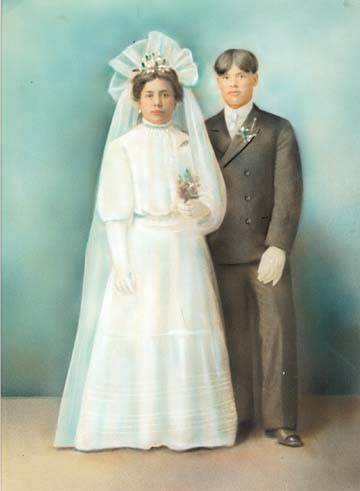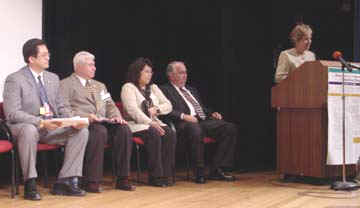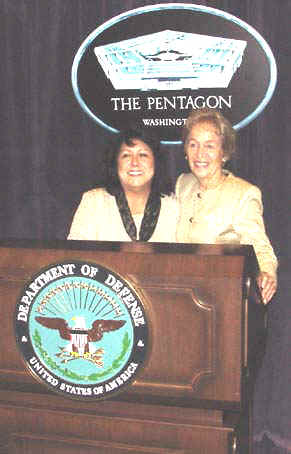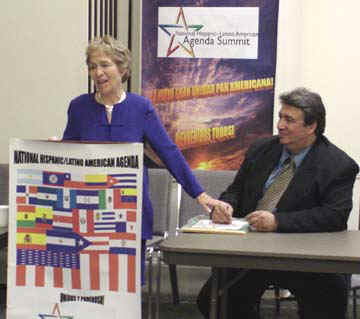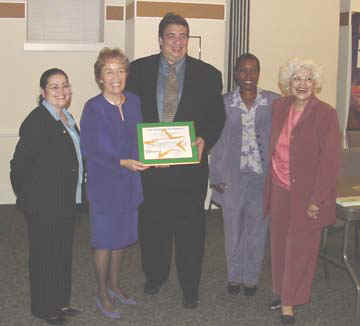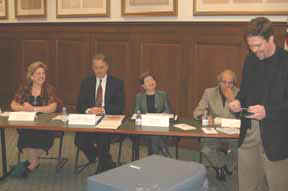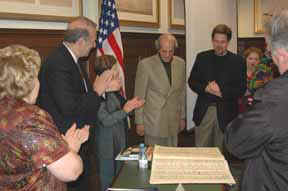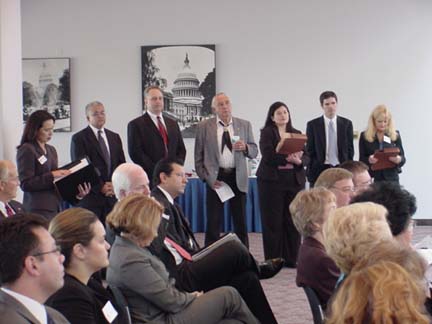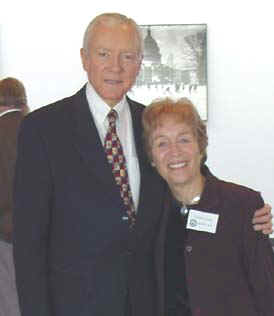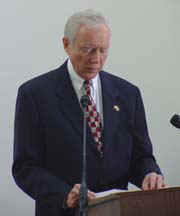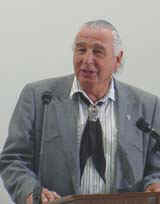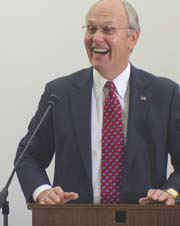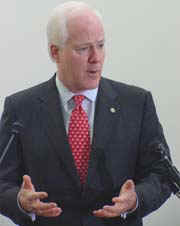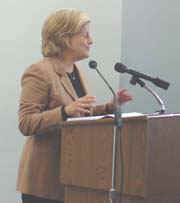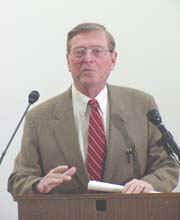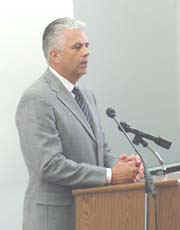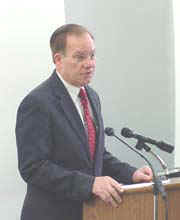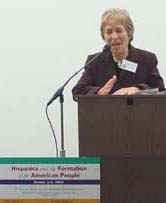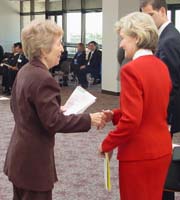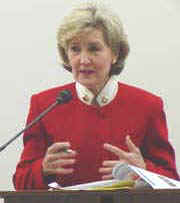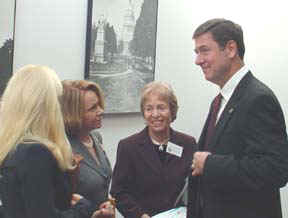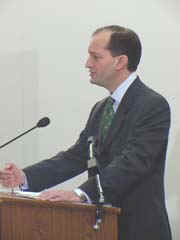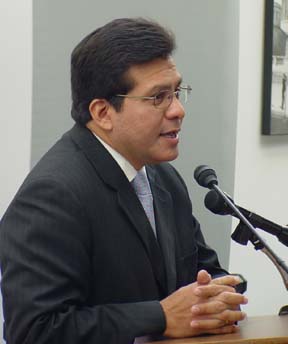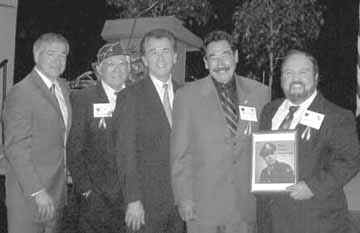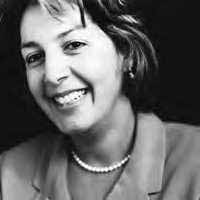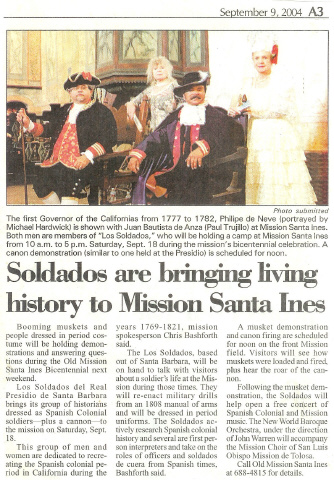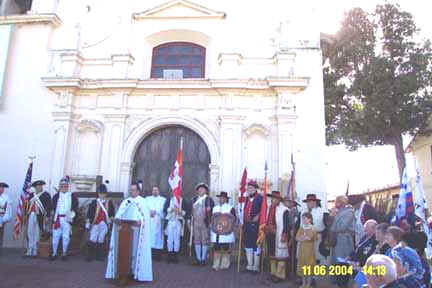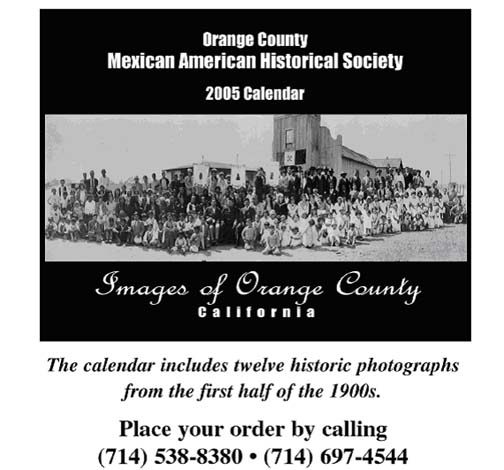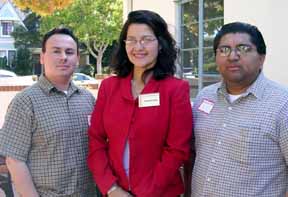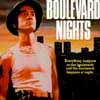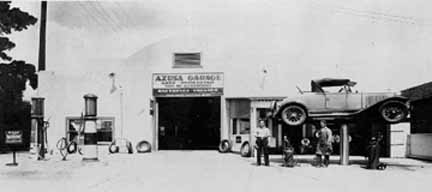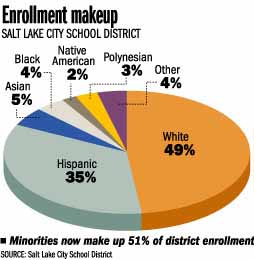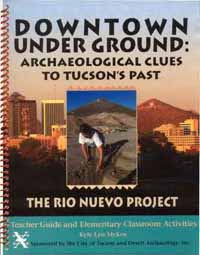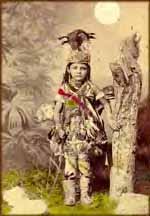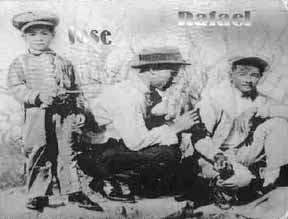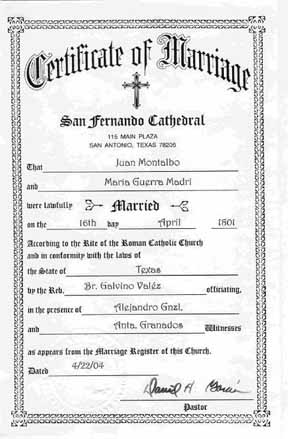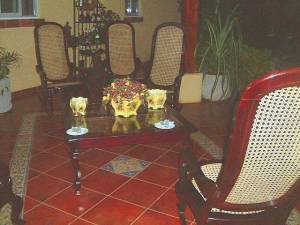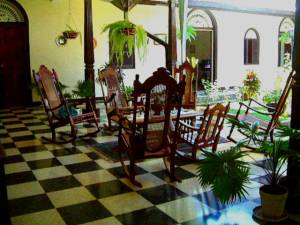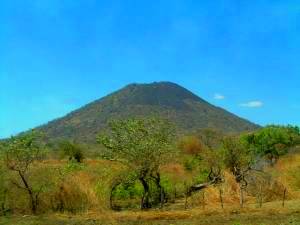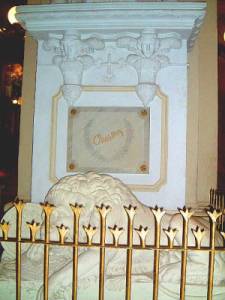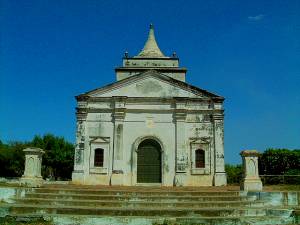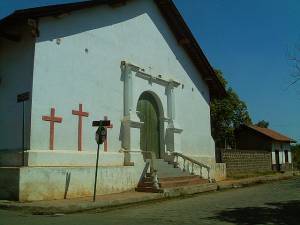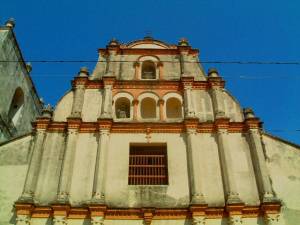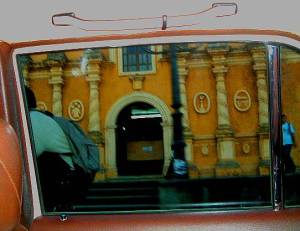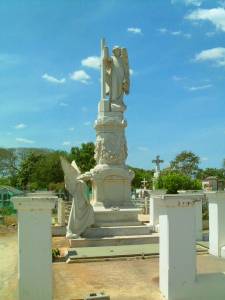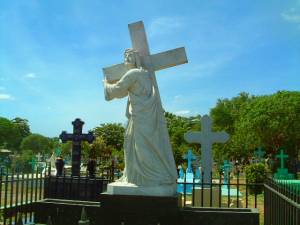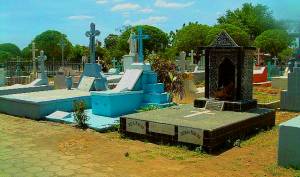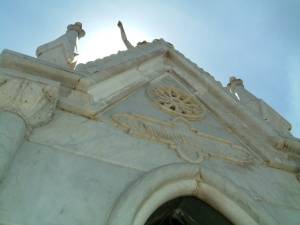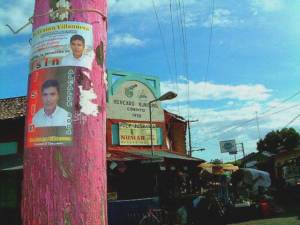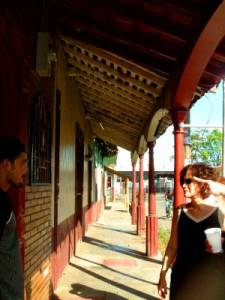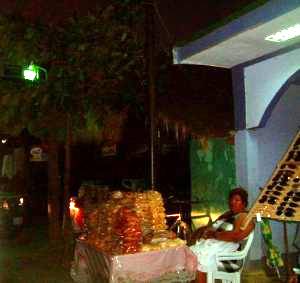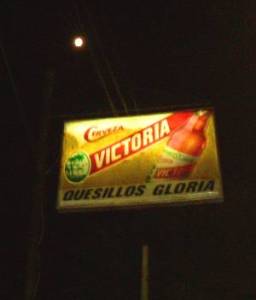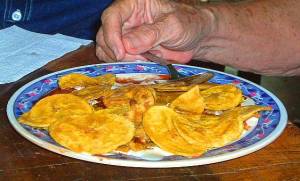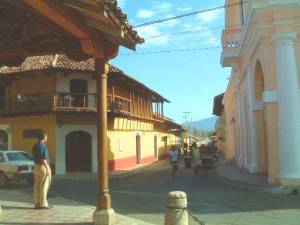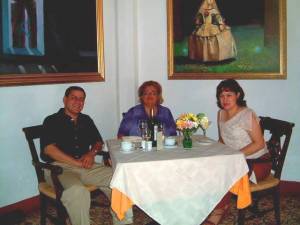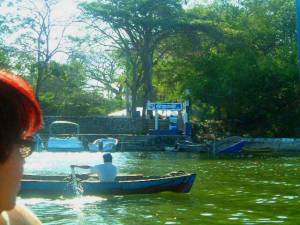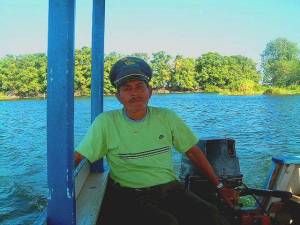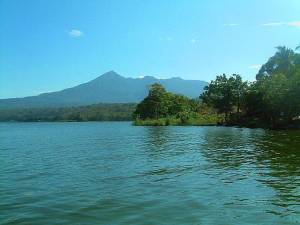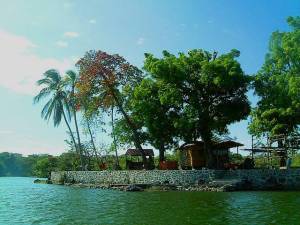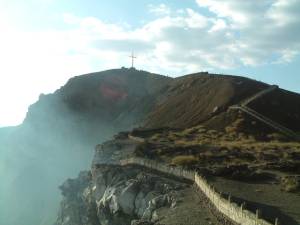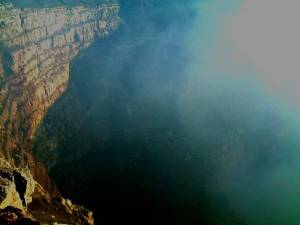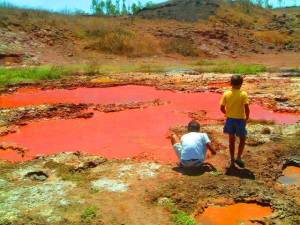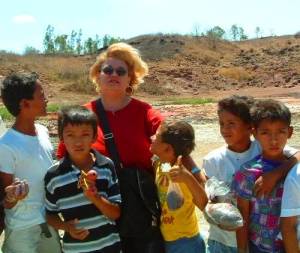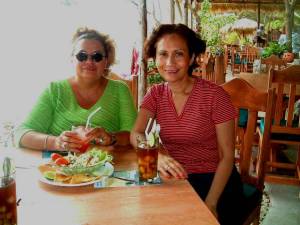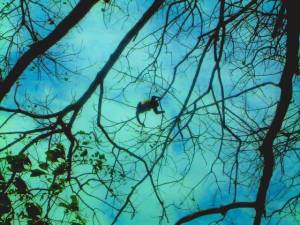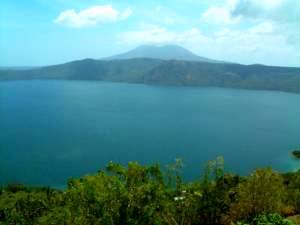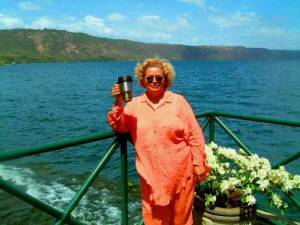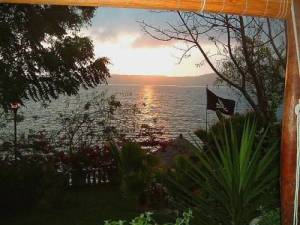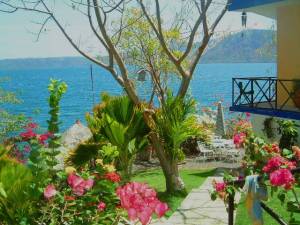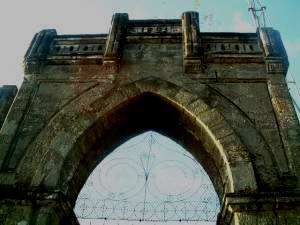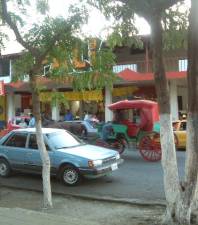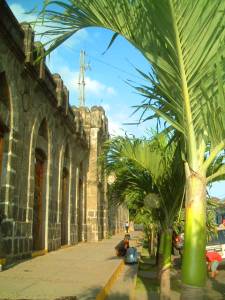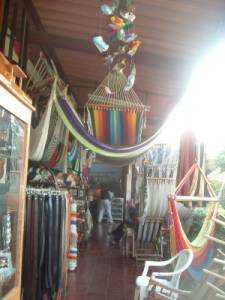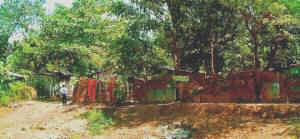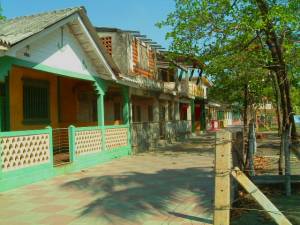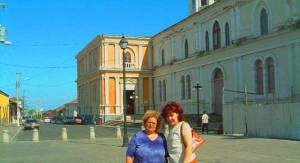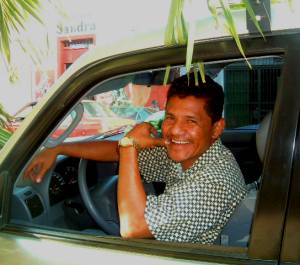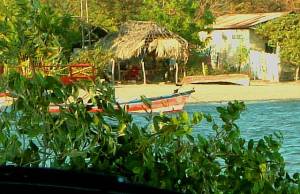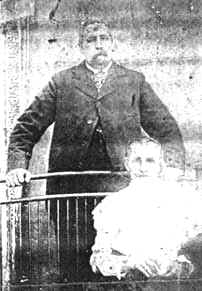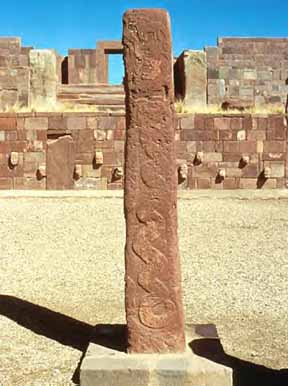|
Our last lesson talked about the research process. We are now in the
gathering information stage. Genealogy takes up a lot of time—don’t
waste it by re-inventing the wheel. This is what family is for (not to
make them re-invent the wheel, but to instead reap the information from
them so you don’t have to research it yourself later down the road).
Asking questions-- you don’t have to write biographies in order to
do your genealogy, but if you ask questions to your family as if you
were going to write a biography, your genealogy research will be easier.
You will have many clues to help you through the rough spots—and I can
guarantee that you will have rough spots if you do not take the time to
gather these clues.
Sometimes when we want to interview people, we just don’t have the
time or money to fly to their home and ask questions. Though phone
interviews are NOT ideal, sometimes they are the only way we can talk to
a relative for pertinent information.
If we know the relative well, we tend to immediately call them.
Sometimes we’ll hesitate to call a relative that we don’t know well
or don’t know at all. Calling relatives that we are unfamiliar with
can be an advantage.You won’t be as judgmental, and you will be more
willing to ask questions, and more willing to learn about details. Use
your unfamiliarity to your advantage to learn new things.
I will assume that some of you have never done an interview before,
and start from the very beginning.
Before we get started, there are times when sticky family situations
have prevented us from pursuing our genealogy. When dealing with family
members, don’t put your feelings aside, but do be aware of them. If,
for example, you were very upset at your cousin for some reason, or when
a particular issue comes up, you get angry, I am not asking you to avoid
asking questions about it. Instead, you could just acknowledge it, and
maybe even use the anger to ask questions you have always wanted to ask.
For example, your family is actively involved with the Catholic
Church but you are not. That might or might not be a sensitive issue
between you. Instead of shunning the topic, you could simply be aware
that you have different opinions, and then use the interview as an
opportunity to find out more about the family when they were
investigating the church, when they joined, how long the family has been
in the church, and what others think of the church. How does religion
affect your family members? How do others treat them because of their
religion? Don’t shy away from sensitive subjects- let them guide your
questioning instead.
DO NOT characterize nor judge the people you interview or the
ancestors you’re trying to learn about. Don’t make them into martyrs
because they lived a hard, productive life. Don’t make them into wimps
if they ran away from family responsibilities, don’t make them jerks
because they hurt peoples’ feelings. Don’t justify your anger
towards family members with loaded questions and don’t sanctify family
members/ ancestors with sugar-coated questions and interpretations of
answers.
Good genealogies and good biographies stem from good questions. Good
questions come from wanting to learn, not from trying to prove that we
already knew something. There are a lot of questions that you could ask.
But to be most effective, you want to be aware of the best type of
questions to ask.
THREE PHASES OF QUESTIONS
1. INQUISITIVE: These are the find out questions. Open-ended. Rarely
closed,
multiple choice or fill in the blank.
Examples: Tell me about Grandma Roybal. What
about your children?
2. CRITICAL: These questions tend to scrutinize more. They focus on
detail,
fill in holes, add logic into the flow of story after story, and
clarify.
They can be open or closed.
Examples: Is your hair naturally that curly? Is it that you feel a
deep connection to your plants or do you just like the humidity in your
home?
3. APPLICATIVE: These are the third set of questions that you ask after
the
first two. They take what you have learned and apply them to real life,
future problem-solving, and other situations that render the subject
matter
useful to a variety of audiences. They are hard questions to think up,
ask,
and especially answer. For me personally, family histories and
genealogies that lack these
questions and answers make for boring reading.
For example, when I wrote about my second great grandmother, I knew that
everyone has them. What made mine special? Why would other people care?
Why
should I care and why should my kids care about some old lady who died? The
answers to applicative questions make people care.
So I wrote about Western territory propaganda and how that played
into the work ethic of nineteenth century Scandinavian women. I then
wrote about how her work ethic affected
her child (my great-grandmother), my grandmother, and my father. And
then I
applied principles of her work ethic into today's every day life. Even
my 11
year old cousin thought it was 'cool.' And preteens are honest, so this
project passed the test.
Examples of these questions would be:
1. You've mentioned that you had a hard time dealing with the knowledge
that your grandparents came to this country illegally. Tell me about the
changes in your life that lead you to accept who you are today. How
would you explain these concepts to a teenager whose parents immigrated
illegally?
These questions touch on terrorist attacks, culture differences,
American prejudices and egotisms, and many other subjects. That tough
set of questions alone would make Mario’s life into a very interesting
history that many people would read.
INQUISITIVE PHASE OF QUESTIONING- the kind of questioning you will be
doing when you are gathering information.
1. Never ask a yes/ no question. "Are you my dad’s
friend?" Because all you will get is a "yes." then they
will wait for another question.
2. Don't ask multiple-choice questions. They are just as limiting in
their answers: "Were you friends with Dad in his childhood, young
adulthood or both?" "So after Dad joined the military he
wanted to stay friends with you or just go on with life?" Multiple
choice questions are bad.
3. Fill-in-the-blank questions seem good to ask at first, until we
realize how limiting they are. Example: When did you first meet grandpa?
What did you like the most about him? What is his greatest flaw? All of
these questions could give you a short answer, sometimes a long answer,
but they WILL give you a limited subject, because all you will learn is
about how they met, Grandma’s greatest characteristic asset and flaw.
You won’t learn of anything more.
Other examples of fill-in questions are: When was great grandpa in
prison? Who was Dad’s first girlfriend, Where did mom go to church?
When did Dad realize he had fallen in love with Mom? Why did you name my
dad Jorge? How did grandpa’s voice change when he got angry?
The classic test of a bad question is that the question isn't in the
answer. Look at some of these answers:
"I always liked 'Ruth'."
"Angie must have been 12."
"Because of the American soldiers and because they were around
and I couldn't understand them."
These are bad answers because the questions were bad. In fact, we
have no idea what these questions were. Any question that starts with
who, what, where, when, why, or how, IS A BAD INQUISITIVE QUESTION.
Contrary to what we were taught in school.
By the way, the questions were "How did Stephanie get her middle
name?" "When was Stephanie born?" and "What
got you interested in learning English?"
4. The best type of question to ask, when you are in the inquisitive
stage, is not a question at all. It is a GENTLE DEMAND.
"Tell me about your meeting Dad."
"Describe to me the relationship between Grandpa and his
classmates."
"Paint me a picture of Dad and the times he took you to the
dances."
"I’m curious about my dad’s reputation once he left the
CatholicChurch."
"Describe for me the dark side of great grandpa Martín."
"I’ve always wondered about Grandma’s relationship with her
parents when she was a teenager."
These are all gentle demands. If you include who, what, where, etc.
in your gentle demands, most others will zero in on that one word. They
will, in their own mind, convert your gentle demand to a fill-in
question. "Describe to me the relationship between Mario and his
classmates" if said with a question word becomes in their mind
"Describe to me who Mario got along with" and then becomes
"Who did Mario get along with?" and then comes your limited
answer.
Never write down questions you are going to ask. Instead, just write
key words on a pad of paper. Sometimes people think they are afraid they
won’t know what to ask. When you talk to people, do you ever run out
of questions to ask? Do you hold a list of questions to ask when talking
to a friend? No. And neither do I. Many people, professional
genealogists, etc. say you need to have questions ready in order to
gather information, but that is stupid. When I interview people, I have
a list of questions but I use them for a guide to prompt my thinking,
not to guide the interview.
Just talk to your relatives. Enjoy the time you spend talking to
them. Enjoy learning about your dad. Be yourself, don’t pretend to
know everything. Have fun with it and with the answers.
After you have given a gentle demand, just let them talk. Most people
will feel nervous at first, because they are still in the ‘interview
mode’ and worry if their answers are right or wrong. But if you are
not asking prepared questions, they will feel more relaxed. Listen
to what they says. If they say something like, "I don’t know if
that is what you wanted to know." Tell her, "Karin, it’s
your answer. Tell me more about that." That response validates her
answers and encourages her to continue.
Let her talk and talk. Most often people will answer your demand, but
then talk about something else. Sometimes subjects come up that you
would have never thought to ask about. But they feel it to be important
enough to bring up. Let them talk. Sometimes you talk to someone who
doesn’t know how to be quiet. They would talk all day long if it weren’t
for the sun going down. With these kinds of people just let them talk
for a while, then ask a fill-in question to get them back on track. If
you ask grandma about Dad’s social life, and she talks about his
social life, then about his relationship with his inlaws, that kind of
wandering is okay. But if she starts talking about her relationship with
her quilting buddies and the one time dad came to the quilting meeting
and was really bored just ask a fill in question to get her back on
track. "Wow, Grandma. Dad hated quilting? Hmm… what did dad like
to do for artistic expression?"
Don’t interrupt her answers.
People often pause when they ‘think’ they are finished answering
a question. Don’t be too quick to break the silence. These are called
PREGNANT PAUSES. And some of the best information I have ever received
during interviews were when I let 30 sec, 1 min, and even 2 min pass
without saying a word. You don’t want to go more than 30 seconds when
on the phone, however. But in person, they see that you are not saying
anything, and then continue to talk. Keep eye contact with them and
shake your head, indicating "go on." The next time you are
talking to someone, just ask them a question. When they are finished,
try the pregnant pause with them.
On the phone, if more than 30 sec. pass, just say, "Tell me more
about that."
Hmm, what else? Sensitive issues and confessions. Be prepared to hear
them. Sometimes people will tell you things that they might not
otherwise. I have heard some wonderful confessions from relatives and
others I have interviewed, many after the pregnant pause. They might
confess to you some things about someone that irritate them, or take
sides in a family feud, or sometimes people will enjoy spilling as many
beans as they can.
Sometimes people may worry about expressing their true feelings to
you because you are close to the person you guys are discussing. If you
find this happening, with say, your great aunt, you may want to reassure
her that you are a grown man or woman and you can handle whatever it is
that she has to tell you. I cannot tell you how to do that. You will get
a feel for how to reassure her when you talk to her. Trust your inner
feelings about how to talk to her.
And when she tells you something that is hard to hear, do not show
your emotions to her that could affect her future answers. Example of
what not to do:
Daniel: Tell me about Dad’s dark side.
Karin: Well, he really doesn’t have any flaws. Maybe that he’s
too nice and too trusting, I don’t know. He’s a really good guy.
Daniel: Hmm, okay. Tell me about what makes him good.
AHH!!! You just missed a wonderful story as she successfully brushes
you off. Do something like this instead, and note how to react when the
beans spill. (and note I am just making up a worse case scenario).
Daniel: Tell me about Dad’s dark side.
Karin: Well, he really doesn’t have any flaws. Maybe that he’s
too nice and too trusting, I don’t know. He’s a really good guy.
Daniel: Sure, he is a good guy. But he’s not perfect. And you
can be sure that I know all about that.
(pregnant pause opportunity)
Karin: Well, I guess one thing could be is that he’s gullible.
But that’s just because he’s so good inside and trusts people.
Daniel: Go on.
Karin: (She might take some time to think of something more to
say. Allow her that time). Well, he’s just…he doesn’t
understand that people aren’t always what they seem to be. And
that gets him in trouble.
Daniel: (Say nothing).
Karin: Oh, you know how he is. (she might try to get out of
asking questions by putting the responsibility back to you. Don’t
let her).
Daniel: I don’t understand what you mean. (Push the interview
back on her).
Karin: It’s just that Mario trusts people too much, like with
what happened when he was 16.
Daniel: (Pause).
Karin: When he got in trouble with Marie.
Daniel: (You may not have a clue who Marie is, but you don’t
need to tell her that. You need to get her talking). Ah, yes. Marie.
Karin: You know, with the abortion and all. She kept telling
Mario it was his, and he trusted her. But everyone thought he was
stupid because he believed her. That was the reason he didn’t have
much money for school, because he gave it to her for baby things.
Then she went behind his back and had an abortion. He wanted to
marry her and step up to responsibility, you know? But then again,
it wasn’t never really his and he wouldn’t listen to me when I
tried to tell him it was Juan’s.
(You may feel shocked, betrayed, angry or in denial. But you are
the interviewer, not the audience. You could respond, "My
father would never do something like that! He was an honest, moral
man!" – or—"What? My dad didn’t wait until marriage?
But, I never knew this…" That is the fastest way to get her
to shut up. Instead, reply something like:)
Daniel: Yeah, Dad has always trusted people too much. And then he
found out the baby was never his?
(And then go on from there. You can continue with this subject,
or change it).
And don’t judge Karin from her responses. If an active Catholic
woman told you "Mario and Irene had sex before marriage." They
view that as a serious flaw and you judge them by that. If someone else
were to tell you that, they might not view it as a flaw at all, but
rather as a symbol of their commitment to each other. For example, from
the above scenario, we don’t know how Karin feels about pre-marital
sex, but we can clearly see she does not like liars or abortion. You don’t
want to judge her morals.
And you don’t want to judge Mario’s morals. Whose right is it to
say that Mario made mistakes? Or that marrying Marie would be the right
thing to do? That’s not Karin’s right and it’s not your right.
Just be prepared to hear confessions, examples of repressed hatred,
accusations and long-pent-up sadness.
Other tips:
-
Don’t interrupt the person, especially with questions about
details you think are important at the moment, Instead, write down a
key word to remind you to come back to that question when the time
is better.
-
Don’t feel the need to help them with answers. They may be using
the silence as a time to ponder or word their thoughts. Silence is
yours—it’s your domain.
-
Maintain eye contact (in person).
-
Don’t ever appear impatient. People detect that quickly,
especially on the phone where they can’t read your body language.
-
Don’t in anyway appear judgmental. You might be the first person
to ever seriously listen to Karin’s opinion of Mario.
-
When people start sharing sensitive feelings with you, they are
looking for you to be there for them to listen to them, at least for
that moment.
-
If you are in the disadvantage of interviewing by phone, you
cannot reassure them with your body language. And you cannot read
their body language. Therefore, pay extra attention to tone of
voice, both theirs and especially your own.
-
Many people teach that you need to build rapport before diving
into the interview. Personally, I find that deceitful and phony.
Just talk to them, listen to them and care about what they say.
Answer any questions they might have about you and your motives in
starting your genealogy.
-
Call them up and ask when would be a good time to talk. Schedule a
good time for them so there will be no interruptions.
-
When you call for the interview, talk to them like you would your
friends. People are people and we all have many similarities. Don’t
be shy or nervous. Just be yourself.
-
When you give gentle demands, be sure you write down what they
says. Take notes, key words are better than phrases, and anything
that comes to your mind. If you are interviewing in person, it is
better to record what they say, since you cannot write as fast as
people speak. However, if you record voice conversations, remember
that it is illegal to do so unless you have their consent first. And
make you get them to state their consent on tape!
-
Be sure to thank them for their time, and make sure they
understand how sincere you are.
After the interview, take twenty minutes to write your key words into
full sentences, so while everything is still fresh in your mind.
After filling in your notes with complete thoughts, take more time to
write about your impressions ofthe interviewee, not of the people you
talked about. After talking to grandma, ask yourself:
Did she seem okay with the interview? Sad? Upset? Irritated? Loving?
Do you think she was keeping something back? If she told you something
negative, why do you think she would? How receptive was she towards you?
What were some of her concerns about your dad or grandpa? About what you’ll
do with this information? Does she want anything in return for the time
she spent with you? Does she want a copy of the genealogy?
|
